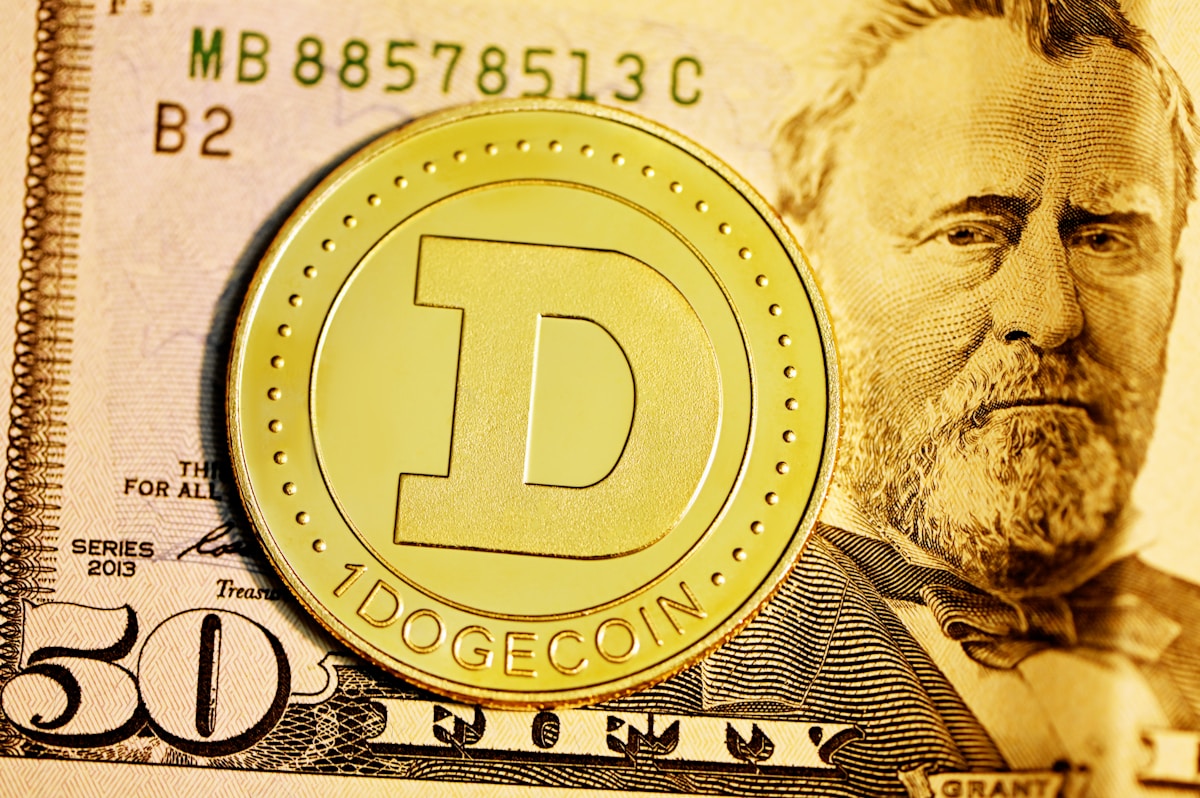Back to Industry News
General
Forbes: CBDCs Secure Top Spot in Money Hierarchy
Summary generated with AI, editor-reviewed
Heartspace News Desk
•Source: Forbes

Photo by Kanchanara on Unsplash
Stay updated on stories like this
Key takeaways
- A Forbes analysis posits that Central Bank Digital Currencies (CBDCs) are uniquely positioned among digital assets to mirror the security of physical cash within the established hierarchy of money
- This hierarchy prioritizes safety concerning liquidity and counterparty risk, with physical cash occupying the apex
- Traditional monetary classifications include M0 (monetary base), M1 (M0 plus demand deposits), and M2 (M1 plus money market funds and time deposits)
A Forbes analysis posits that Central Bank Digital Currencies (CBDCs) are uniquely positioned among digital assets to mirror the security of physical cash within the established hierarchy of money. This hierarchy prioritizes safety concerning liquidity and counterparty risk, with physical cash occupying the apex.
Traditional monetary classifications include M0 (monetary base), M1 (M0 plus demand deposits), and M2 (M1 plus money market funds and time deposits). Within this framework, stablecoins would likely reside in the lower M1 or M2 categories. Cryptocurrencies, due to their global reach and the absence of a single entity's liability, present challenges in fitting into this traditional hierarchy.
The concept of a monetary hierarchy also extends to international trade and debt, where the currencies of lending nations, particularly the U.S. dollar, and gold are the most esteemed assets. Regardless of economic perspectives such as metallist/monetarist or chartalist, this monetary hierarchy is fundamentally underpinned by money's three core functions: serving as a unit of account, functioning as a medium of exchange, and acting as a store of value.
Related Topics
CBDCHierarchy of MoneyFinancial ServicesDigital CurrencyMonetary Policy
Never miss stories like this